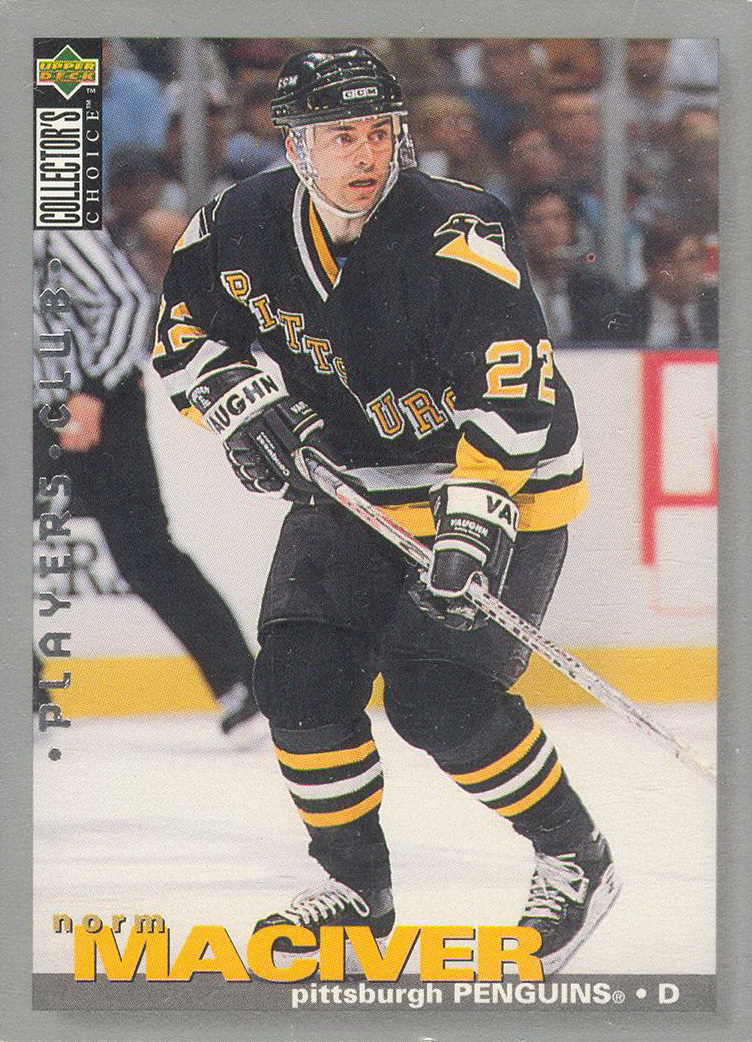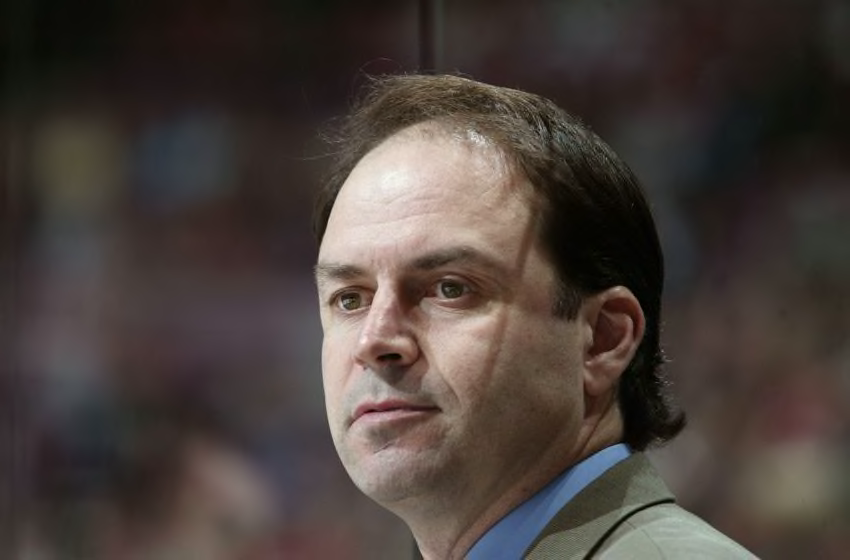
Roger Parsons, who was also Vicar of Brockworth, was non-resident in 1563 but had provided a curate who was said to serve diligently. His successor Henry Hooper was a former chantry priest of Mitcheldean.

Henry a Fowle was found barely satisfactory in doctrine in 1551 and was deprived, presumably for being married, in 1554. William Marten, the rector in 1518, was given penance for immorality. William Berkeley, a monk of Flaxley Abbey, was instituted in 1476, having had a papal dispensation he was presumably the monk of that name who became abbot. Pre 1280 the rectory was sequestrated for a time because of the rector's non-residence and failure to appear for ordination. It had a large east window, possibly 14c, a south door to the chancel, and a western gallery. The original church consisted of an aisleless nave and chancel, to which was added in 15c a three stage tower with a tiled pyramid roof. They have an aesthetic and a grace warmed by the soul of their past and the ghostly whispers of those who walked within their walls.Ĭhurch of St Michael & All Angels, Blaisdon, Gloucestershire - There was a church here in the 13c, in 1262 the Crown granted 3 oaks for its repair and the first rector is recorded in 1294.
Norma maclever full#
They are full of wisdom, for they have been suffused with all that they have seen and all that they have heard for hundreds of years, and despite the wreckage of their remains, they do not appear cold or forbidding. He kept the grain mill running for a number of years up to the beginning of WW2, when it was sold to an engineer from London, a Mr Webb, and it was subsequently used for war work during that conflict.īoth the mill and the farm are now in a derelict state, but are both instantly recognisable features within the village and loved by both locals and visitors alike, as well as being very popular with the many photographers who visit the area.Īncient buildings and ruins such as this are more than derelict monuments.

Peter Liddle retained the farmhouse and 5 acres of land, together with the old grain mill. It was passed on to his nephew, also Peter Liddle, who managed the farm until the tack of Gress was broken up into crofts after the land raids of 1919. The fight was stopped and declared a draw.įollowing the death of Lewis Maciver in 1845, the tack was taken over by Mr Peter Liddle of Lanark. He once fought a duel with a customs official at Goathill Park in Stornoway in 1835, This was the last duel to have taken place in Lewis. There was one occasion in 1822 when he evicted the tenants of Gress for no known reason, as they had already paid their rents. Maciver seems to have been a very arrogant an and his sub tenants at Back and Gress led an uncertain existence. His descendant, Lewis Maciver was the tacksman (farm manager) at Gress between 1820-1830s.


In the late 1600ss, the Earl of Seaforth gave the lease of the tack of Gress to Evander Maciver of Tournach. He was dispossessed by the Earl of Seaforth when he took over the Isle of Lewis and the farm was then leased to the Macivers. The first recorded tenant was a Murdo Morrison. Neither history nor oral tradition discloses any information about Gress in the ensuing years, until it came into the possession of the Morrisons in the late 1500s. Tradition has preserved little factual information about this castle, but going by the amount of Norse names in the vicinity, Gress seems to have been one of their main settlements. This castle was called Caisteal Mor Voe, and the rise in the ground near this site was called Mullach Voe. According to local tradition, the Gress Farmhouse was built on the site of a Norse castle.


 0 kommentar(er)
0 kommentar(er)
